The sense that we are a unified, consistent 'self' seems to be fundamental to our experience of the world. But all of the varied aspects of being oneself can be understood as forms of perception, writes Anil Seth.
I wake up, open my eyes, and a world appears. It is a familiar world – more so than usual in these days of semi-lockdown – but even more familiar is the experience of ‘self’ – of being me – that glides into consciousness at more-or-less the same time. This experience of selfhood is so mundane that its appearance goes by entirely unnoticed, unless actively paid attention to. We take our selves for granted, but we shouldn’t.
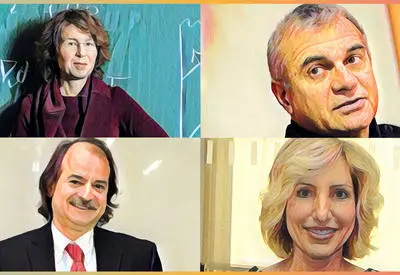 SUGGESTED READING
Cutting edge science at HowTheLightGetsIn Global
By
How things seem is not how things are. For most of us, most of the time, it seems as though the self is an enduring and unified entity, an essence, a unique identity: the recipient of wave-upon-wave of perceptions, and decision-maker-in-chief about what to do next. We sense, we think, we act. This is how things seem.
SUGGESTED READING
Cutting edge science at HowTheLightGetsIn Global
By
How things seem is not how things are. For most of us, most of the time, it seems as though the self is an enduring and unified entity, an essence, a unique identity: the recipient of wave-upon-wave of perceptions, and decision-maker-in-chief about what to do next. We sense, we think, we act. This is how things seem.
How things are is very different. The story emerging from a rich blend of philosophy, psychology, and neuroscience is that the self is not ‘that which does the perceiving’. Instead, the self is a perception too. Or rather, it is a collection of related perceptions. Experiences of the world, and of the self, are created by the brain following a common principle – a principle of ‘best guessing’, or what we might call ‘controlled hallucination’.
There are many ways we experience ‘being a self’. Loosely, these can be arranged into a kind of hierarchy. This hierarchy begins with low-level experiences associated with the physical body.
The bedrock idea is simple. Raw sensory signals are ambiguous and unlabelled. Although they reflect really-existing properties of the world, they do so only indirectly. The eyes are not transparent windows from a self out onto a world, nor are the ears, nor are any of our senses. The perceptual world we encounter – a world full of well-defined objects with various properties like shape and colour – is created by the brain through a process of inference, of under-the-hood neurally-implemented probabilistic guesswork. When I see a red coffee mug on the table in front of me, this is because ‘red coffee mug’ is the brain’s best guess of the hidden and ultimately unknowable causes of the corresponding sensory signals. When I experience the glow of a sunset, or the sharp taste of an adventurous cheese, that too is a perceptual best-guess. We never experience sensory signals ‘in-the-raw’. Every experience is an interpretation, a construction.











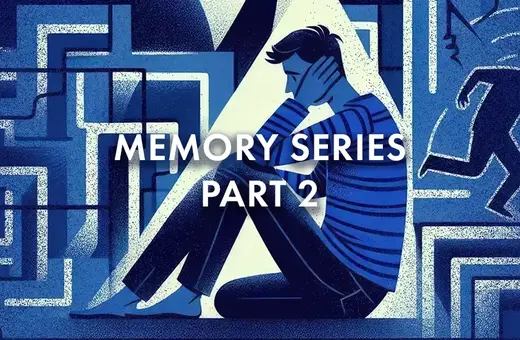
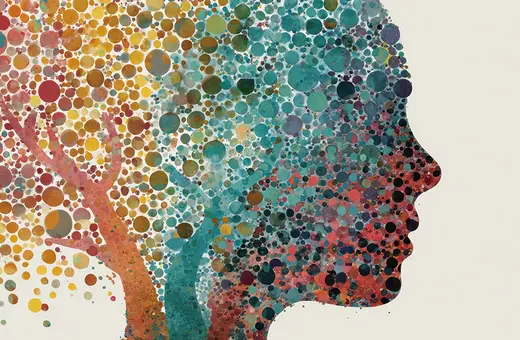

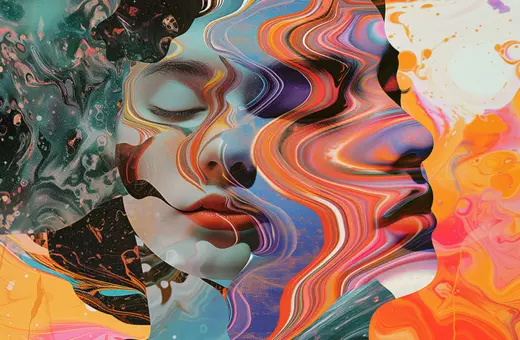
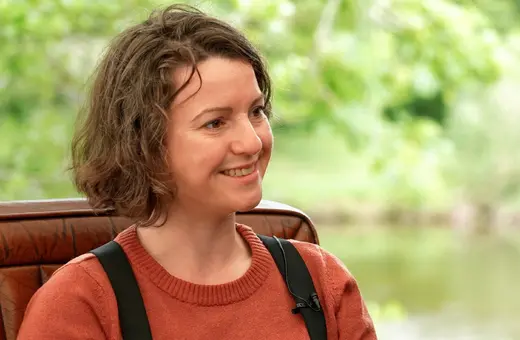
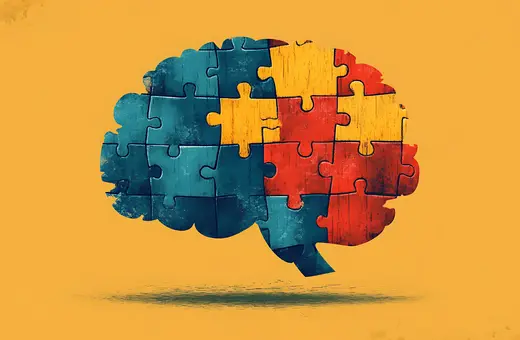
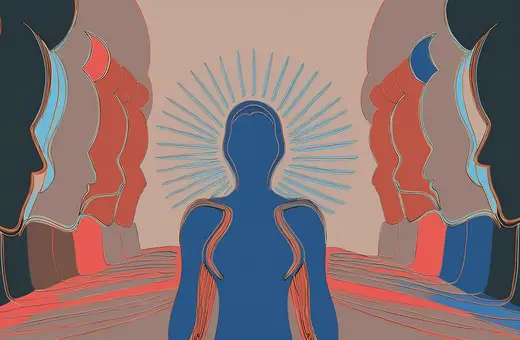



Join the conversation